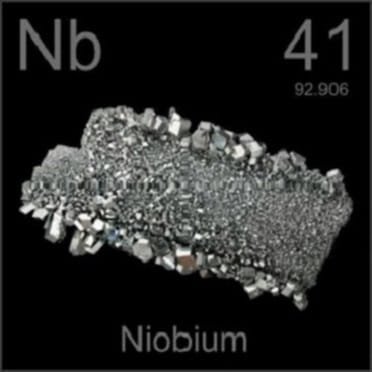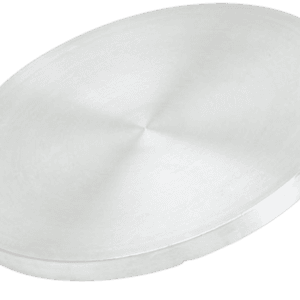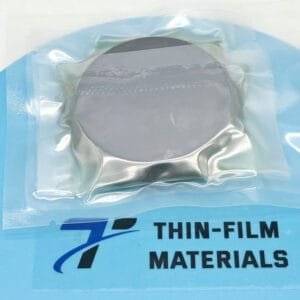Niobium Diboride Sputtering Target Description
 Niobium is a silver-colored metal often found in conjunction with tantalum, with the two elements typically separated by fractional crystallization of their fluoro-complexes. It has an abundance of 20 ppm in the Earth’s crust. In its pure form, niobium is highly reactive and forms an extremely stable oxide when exposed to air, significantly enhancing its corrosion resistance. Additionally, niobium reacts with various non-metals at elevated temperatures.
Niobium is a silver-colored metal often found in conjunction with tantalum, with the two elements typically separated by fractional crystallization of their fluoro-complexes. It has an abundance of 20 ppm in the Earth’s crust. In its pure form, niobium is highly reactive and forms an extremely stable oxide when exposed to air, significantly enhancing its corrosion resistance. Additionally, niobium reacts with various non-metals at elevated temperatures.
Related Product: Niobium Sputtering Target.
Niobium Diboride Sputtering Target Specifications
| Material Type | Niobium Diboride |
| Symbol | NbB2 |
| Color/Appearance | Solid |
| Melting Point | / |
| Density | 6.97 g/cm3 |
| Available Sizes | Dia.: 2.0″, 3.0″, 4.0″, 5.0″, 6.0″ Thick: 0.125″, 0.250″ |
We also offer other customized shapes and sizes of the sputtering targets; please Contact Us for more information.
Niobium Diboride Sputtering Target Applications
Superconductors: Niobium Diboride (NbB₂) is highly valued for its superconducting properties, making it essential in the development of superconducting materials and devices, such as superconducting wires, magnets, and energy storage systems.
High-Temperature Materials: Thanks to its exceptional stability at high temperatures, NbB₂ is used in critical applications exposed to extreme heat, including aerospace components, rocket nozzles, and other high-temperature environments.
Abrasion Resistance: NbB₂’s high hardness and wear resistance make it crucial for protecting materials against abrasion and wear, commonly used in cutting tools, drills, and bearings.
Electronic Devices: NbB₂ thin films play a significant role in electronic and semiconductor devices, used in thin-film resistors, capacitors, and integrated circuits, advancing electronic technology.
Optical Coatings: NbB₂ coatings are valuable in optical applications, serving as anti-reflective coatings and protective layers for lenses and mirrors designed for extreme environments, ensuring optimal performance and durability.
Niobium Diboride Sputtering Target Packing
Your Niobium Diboride Sputtering Targets are clearly tagged and labeled externally to ensure efficient identification and maintain strict quality control standards. We take great care to prevent any damage during storage and transportation, ensuring that the products reach you in perfect condition.





Reviews
There are no reviews yet.